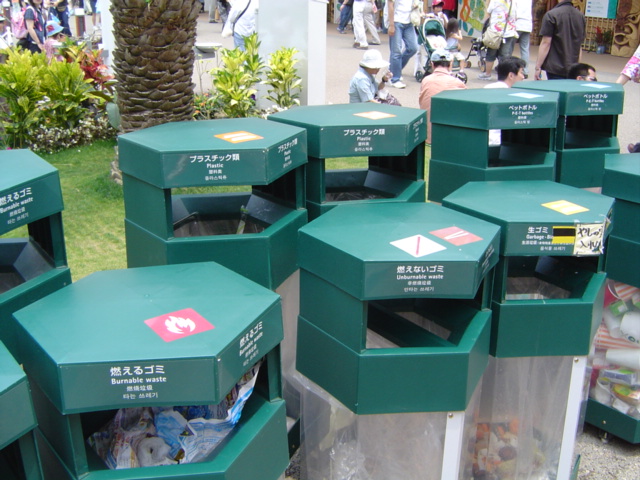Dec 25, 2024
Key Things You Need to Do After Moving to Kumamoto
Although it’s only a small city, Kumamoto has a growing community of foreigners — made up of people both living in the city and visiting. If you’re moving to the city, you’ll be in great company. There are a few things you need to do right after you arrive to ensure you settle in.
Disaster Preparation
Since Kumamoto has a history of earthquakes, typhoons, and floods, it’s important for all residents to have an evacuation plan in case of a disaster.
This involves preparing a rucksack of emergency supplies, including water, a spare phone charger, medicine, personal care items, a change of clothes, and hand sanitizer.
It’s also a good idea to register for K-SAFE. This is a disaster support system for foreigners that will send you information via email in the language of your choice (English, Japanese, Chinese or Korean) about emergencies. What you should do will depend on the caution level, which ranges from 1 to 5. You should also locate your nearest evacuation shelter, which is likely to be an elementary or junior high school.
Resident Registration
If you’ll be staying in Kumamoto for at least three months, you’ll need a residence certificate, which you need to obtain within 14 days of arriving in the city. This will give you access to city services.
If you change your address in Kumamoto, you must notify your local ward office. Other events that require notifying the office are birth of a child (within 14 days, to gain the child a residence permit), marriage, divorce, and the death of a member of the household (within seven days).
Sign Up for Health Insurance
Like Japanese citizens, foreign nationals can enroll in the National Health Insurance to receive medical services at a reduced cost and (if you’re aged between 40 and 74) low-cost physical examinations for preventive care. In fact, you need to be enrolled unless your workplace provides social insurance for you and your dependents. To sign up, contact the citizens’ affairs section of your local ward. You’ll then receive an insurance card that you’ll need to present whenever you visit a hospital.
Join the National Pension
With the exception of those who receive welfare annuity insurance through their workplace, all residents of Kumamoto between the ages of 20 and 60 need to join the National Pension. Fees are around 17,000 yen a month, unless you’re low income. If you’re an international student and your income is below the threshold, you’ll be able to defer payments.
Learn How Garbage Disposal Works
Something not unique to Kumamoto is the complex Japanese garbage disposal system. You’ll need to find out what type of trash is collected each day (there are seven types, each of which requires a different type of bag) and leave it at the correct location. Make sure you leave your garbage out before 8:30 a.m. on collection day. For support with the when, what, and where of your area, download the Garbage Separation App.
There’s a bit of bureaucracy to deal with when you move to Kumamoto, but you should be able to navigate the system even if your Japanese is limited.
I, Genppy, CC BY-SA 3.0, via Wikimedia Commons


About the author